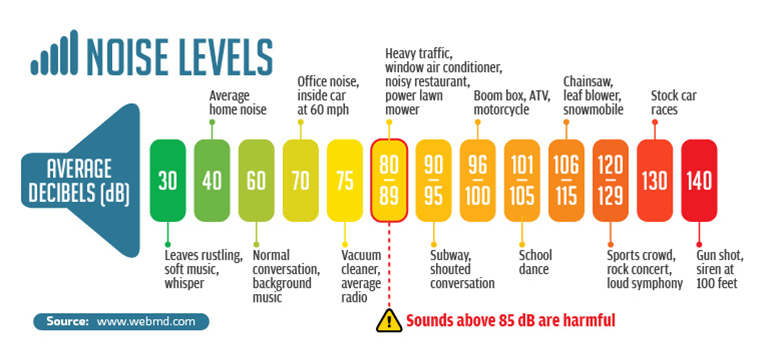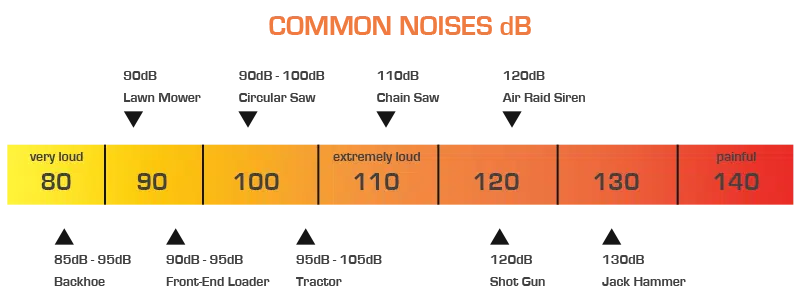
Typical environments range between -90db and -98db. This value is measured in decibels from 0 (zero) to -120 (minus 120) now when looking at this value the closer to -120 (minus 120) is better because that means there is little to no interference. and electromagnetic signals which could disturbed the wireless network signal. NOISE is kind of any signal interference created by other radio-based equipment’s cordless phones, microwaves, radar, etc. Where higher SNR values could be considering a good signal strength that resulting in higher data rates, A low SNR value (under 20 dB) cause to degrade the wireless network performance. SNR (signal-to-noise) in wireless network directly impacts the network performance and throughput. Note – Remote Wireless Heat-map Survey Report.!!

Heatmap survey can help to adjust the dBm value to achieve required signal strength in the area. While creating heatmap for the wireless network survey, dBm value can be decided along with access-point placement.
DECIBEL LEVELS BLUETOOTH
On the other hand, very high dBm, channel overlapping can result in the amplification of interference and background noise, which will result in a poor-quality wireless connection.Īdditionally, interference/noise can be caused by too many APs and non-802.11 devices (microwaves, RADARs, A/V devices, Bluetooth devices, etc.) Either one or both, signal strength or noise, can affect the resulting SNR. For example, a signal level of -30 to -45 dBm measured near to an access point and typical noise level of -90 dBm, a healthy value for wireless LANs.Low dBms provide weak signals to end user’s device may make working difficult or even impossible. While performing a wireless site survey on site, it’s most important things to consider the range boundary of an access-point point. 🏷️Note – Wireless network design with best effort ( -50dBm to – 67dBM) is consider good network connectivity to end user’s device. -70 to -80dbm – Experience bad connectivity, Packet delivery may be unreliable.-67 to -70dBM – Best effort for Web browsing for reliable packet delivery.

-50 to -67dBM – At Good signal strength for Web browsing, voice/video calls.-30 to -50dBm – Excellent single strength (Next to Router).30 is a higher signal than -80, because -80 is a much lower number. The first thing to understand about dBm is that we’re working in negatives. The signal strength doubles every three dB.

And a negative -84dBm signal is four times as powerful as a negative -90dBm signal. Hence, -45dBm is provide better signal quality than -65dBm.įor Example – A negative -30dBM signal is twice as powerful as a negative -34dBm signal. Therefore, a signal of -40 is more powerful than a signal of -80.Ī higher negative value (in dBm) indicates a weak signal. This dBm is express as a negative number from 0 to -100. The most reliable method of representing signal strength is with a quantity known as a dBm. Wi-Fi Signal strength -50dBM to 65dBm is likely good enough to handle traffic such as video stream, voice/video calls, Browsing etc. dBm (decibel-milliwatts) a standard unit of measurement to use measuring wi-fi signal strength or power.ĭBm is considered as an absolute number that potentially use to calculates the scale of signal strength to represent the voltage and power that receiving a device and represent number from 0 to -100. So, the question around is what value can take for dbm over the wireless network that run critical applications smoothly.ĭBm (Decibel Milliwatts) probably you heard this term around and of Course electronics and telecom engineer do play with this term every day. As a wireless network analyst, signal strength measurement is a bit fair complexity while designing a wireless network.


 0 kommentar(er)
0 kommentar(er)
